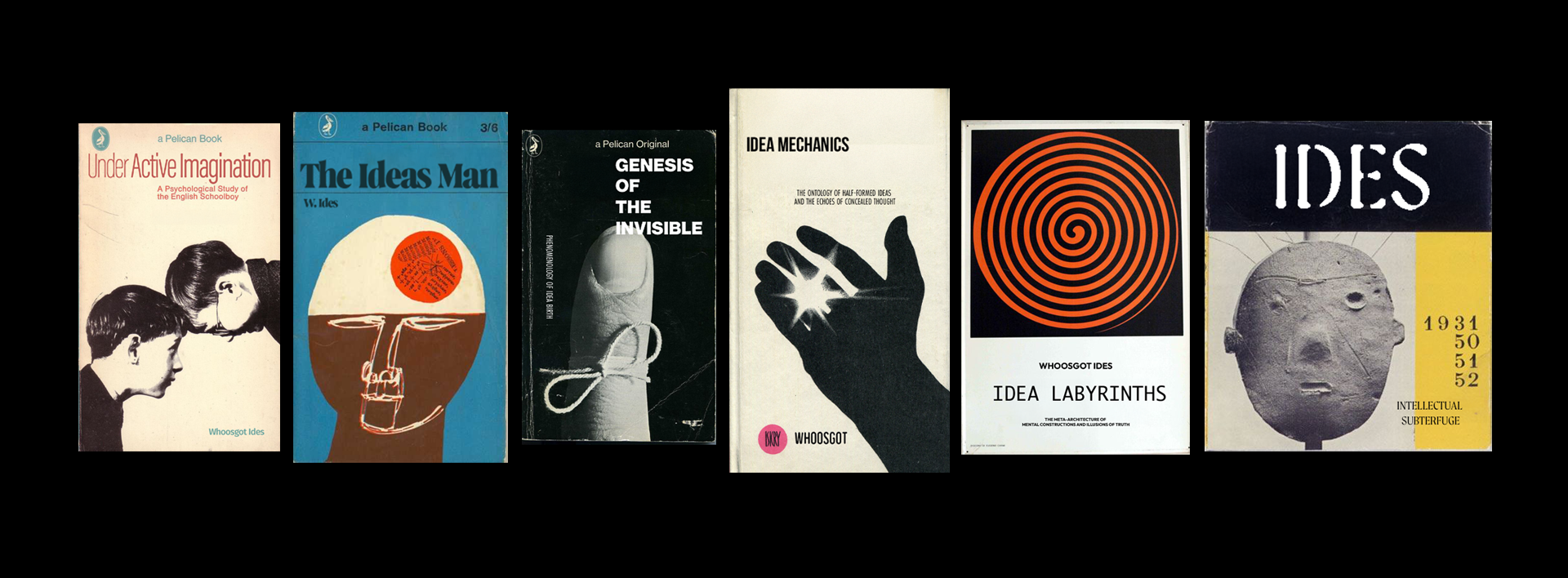
Fredrik Whoosgot Ides
STChM is proud to announce an extraordinary addition to our collection: Rare are paperbacks by Fredrik Whoosgot Ides’ including his magnum opus, IDEA MECHANICS, acquired at last year’s Collector Forum. Whoosgot’s incredibly dense and academically intricate work delves into ideas around neural path-hopping, offering profound, if at times opaque, insights into the mechanics of thought formation.
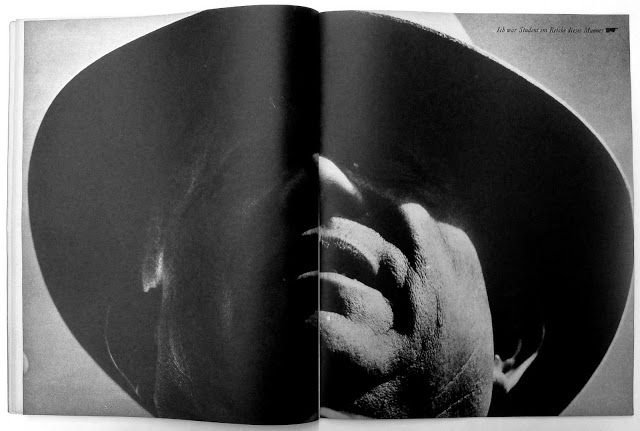
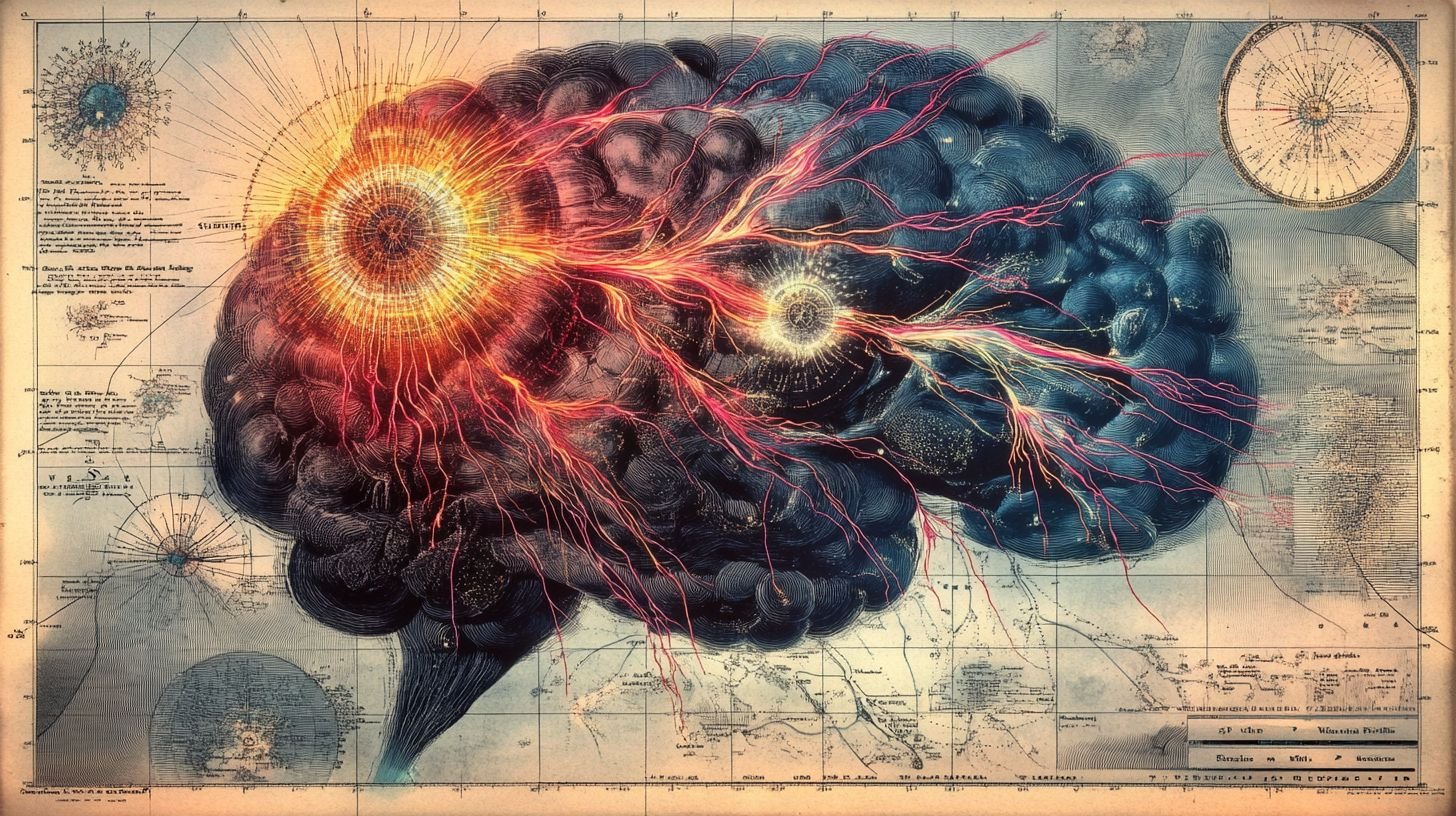

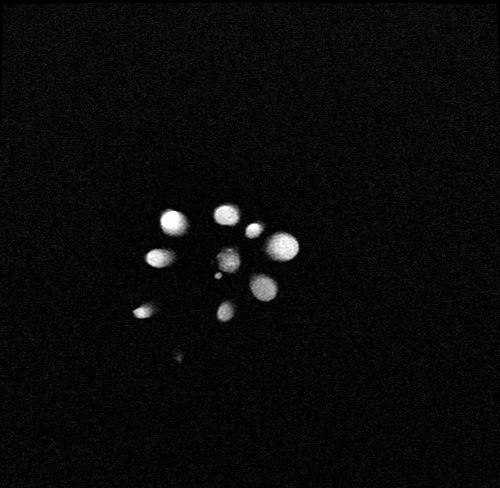
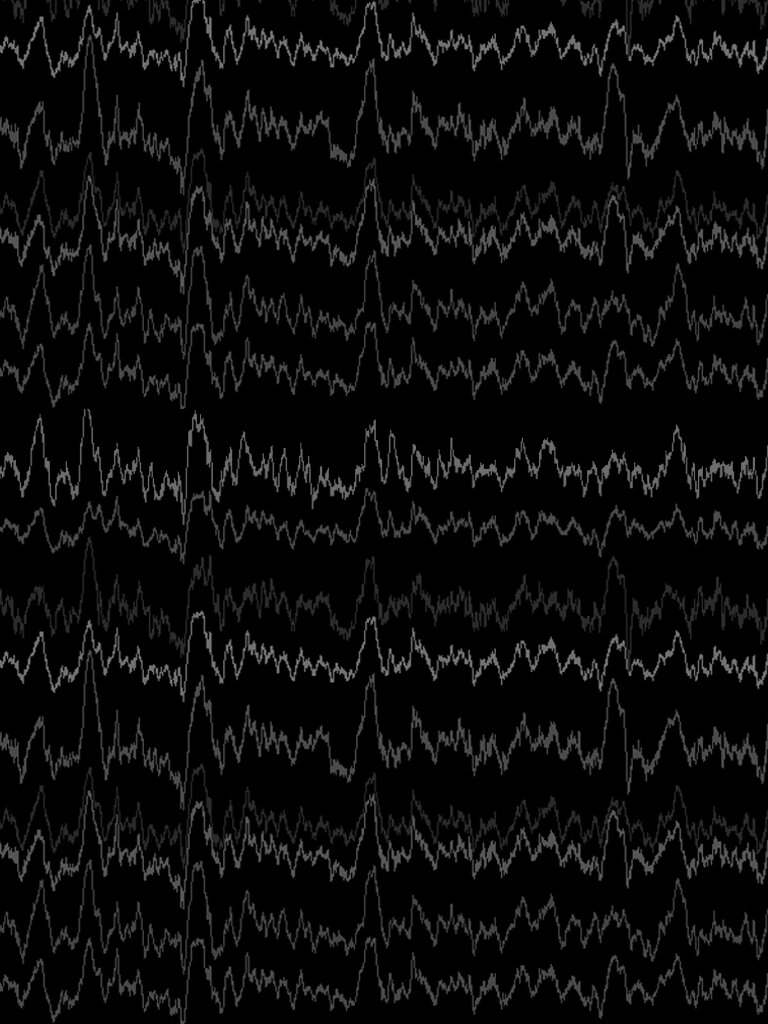





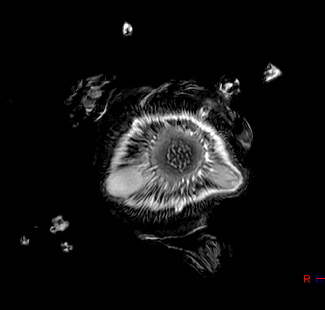
“Neural Cartography: Mapping the Trajectory of Idea Formation” This paper outlines a detailed mapping of neural networks involved in idea genesis, tracking the journey from initial spark in the prefrontal cortex to full integration with memory and emotion.
F. Whoosgot Ides, M. Tanaka, J. F. Lopez Published in Journal of Cognitive Neuroscience and Behavioral Analysis
“Containment vs. Release: The Brain as Incubator and Cage for Ideas” A groundbreaking study on neural gating mechanisms, this paper examines how the brain selectively suppresses or amplifies certain ideas based on complex biochemical feedback loops.
F. Whoosgot Ides, S. Patterson, R. Ng Published in Annual Review of Neural Dynamics
“Electrical and Biochemical Pathways in Conceptualization: The Role of fMRI in Tracing Idea Networks” This research highlights the use of fMRI in visualizing idea pathways, detailing how imaging reveals the selective transfer of ideas across cortical and subcortical regions.
F. Whoosgot Ides, L. Cho, B. Rahman Published in Frontiers in Neuroimaging and Cognitive Science
“Emotion, Memory, and Sensory Integration in the Formation of Ideas” Explores the interplay between sensory data and memory in idea formation, focusing on how emotional context influences the integration of an idea into conscious thought.
F. Whoosgot Ides, M. Silva, P. Decker Published in Journal of Neuropsychology and Emotional Cognition
“Dormant Ideas: Why Some Thoughts Remain Unexpressed” Investigates the mechanisms by which the brain prevents certain ideas from reaching conscious awareness, analyzing the neurological basis for suppressed or inactive thoughts.
F. Whoosgot Ides, A. Martinez, T. Lavoie Published in The Neuropsychology Review
“The Prefrontal Cortex as the Starting Point of Conceptual Genesis” This paper focuses on the role of the prefrontal cortex as the initial site for idea development, detailing the biochemical events that trigger the journey of a new concept.
F. Whoosgot Ides, E. Hwang, D. L. Ross Published in Cerebral Studies in Cognitive Process
“The Balance of Cognitive Flow: Neural Pathways in Creative Suppression and Liberation” Explores how neural pathways either encourage or restrict creativity, examining the brain’s delicate balance in allowing certain ideas to flourish while keeping others latent.
F. Whoosgot Ides, C. Ambrose, R. Vasquez Published in Creative Neuroscience Journal
